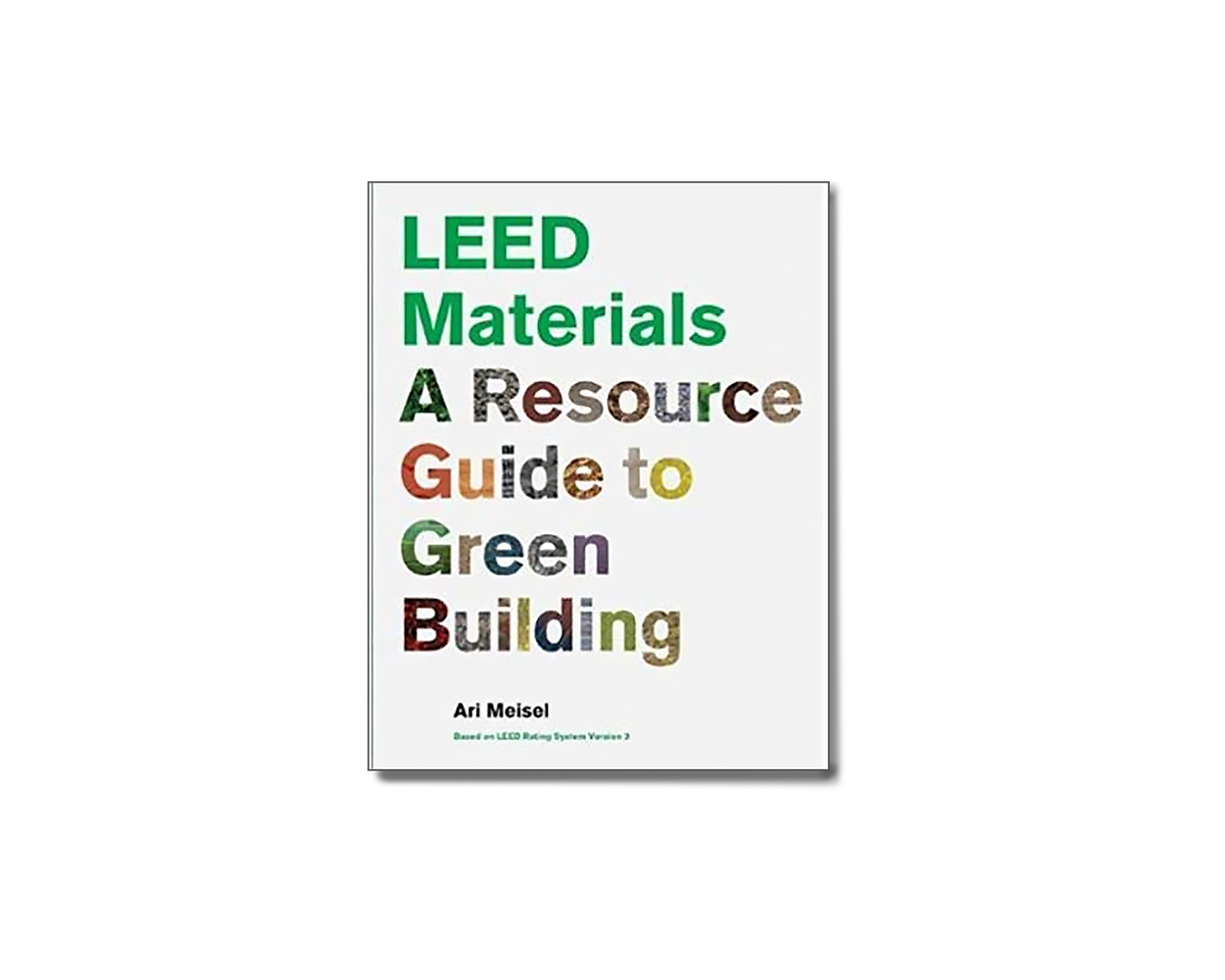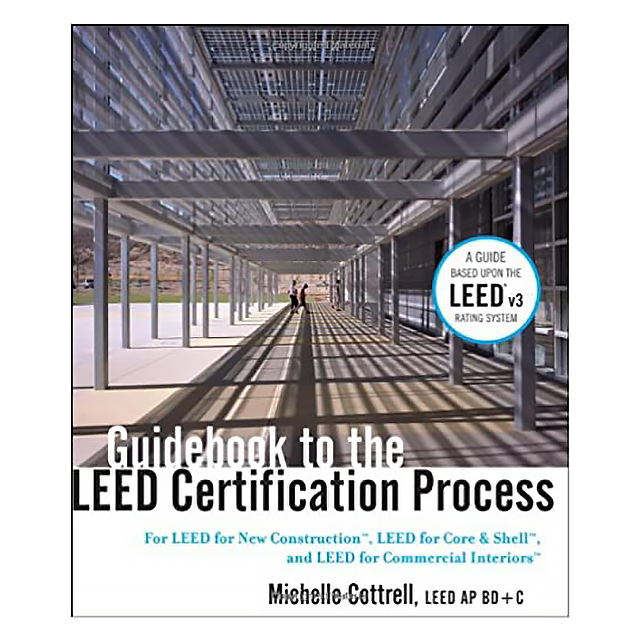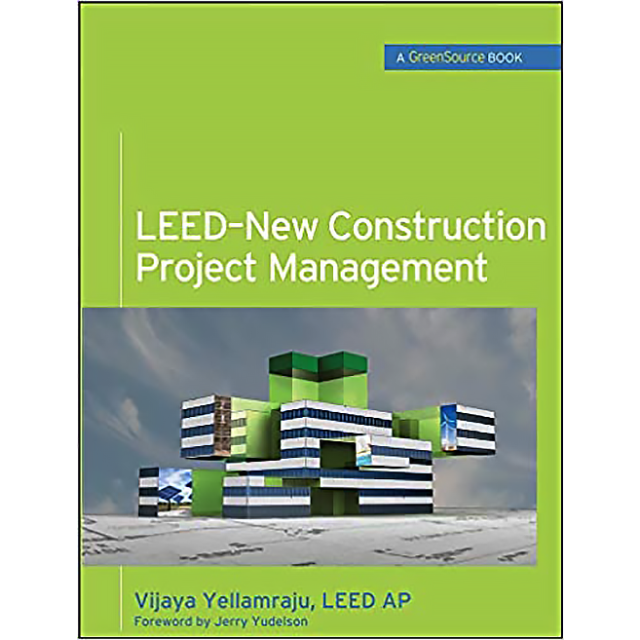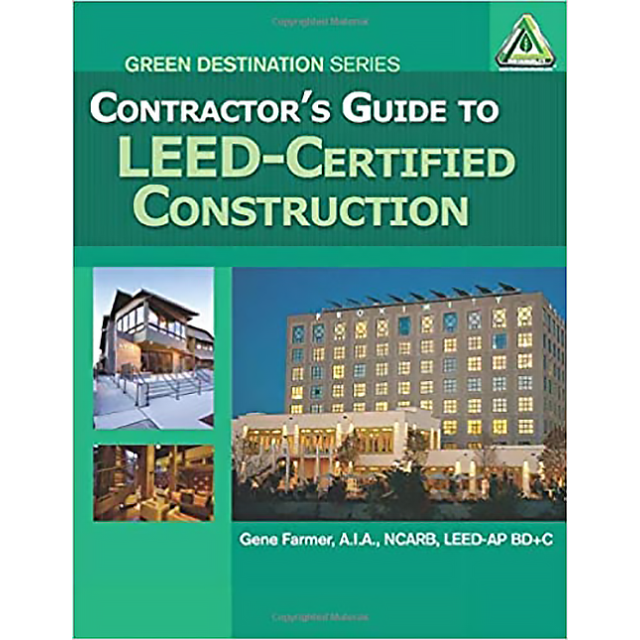LEED Materials: A Resource Guide to Green Building
Since its launch in 1993 by the nonprofit U.S. Green Building Council, the Leadership in Energy and Environmental Design (LEED) program has become the standard measure of sustainability for buildings worldwide. Successfully reaching one of four LEED certification levels - Certified, Silver, Gold, or Platinum - requires specific point totals, which differ among building types. Getting certified, in addition to altruistic benefits, allows building owners to take advantage of a growing number of state and local government incentives. The menu of potential points available for various practices ranges from installing bike racks on-site to documenting the source of the iron ore used in any construction steel. As any architect or developer can attest, navigating this complex system of required prerequisites and credits can be maddening. It may be good to be green, but it's still far from easy.
An architect's knowledge of materials can make or break a building's rating. Though LEED's performance-based criteria exclude individual materials and products from earning points toward certification, their specific use can. Apply a material in the wrong situation and you may not get credit for it. Fortunately, with a little insider knowledge, you can also use one material to get credit in two, three, or even more areas. LEED Materials is packed with critical information on nearly two hundred materials, products, and services. Organized in the Construction Specifications Institute (CSI) Master Format - industry standard in building contracts - this highly visual guide makes sure your material choices and uses will maximize your LEED credits. LEED Materials includes a foreword by Steven Winter, former chairman of the U.S. Green Building Council.
PUBLISHER: Princeton Architectural Press, 2010ISBN/ISBN 13: 1568988850, 9781568988856
| Price | $49.95 |
|---|---|
| Customer Service | Customer ServiceWe're Here To Help Call us anytime during our customer service hours... Monday through Friday - 8:30 am to 4:30 pm (Pacific) Order Questions: TOLL FREE, 800-273-7375 (Outside the U.S. call 818-887-7828). Our Address: 8001 Canoga Avenue Canoga Park, CA 91304 US Phone: 800-275-2665 E-mail: sales@buildersbook.com
|
| Description | LEED Materials: A Resource Guide to Green Building by Ari Meisel Since its launch in 1993 by the nonprofit U.S. Green Building Council, the Leadership in Energy and Environmental Design (LEED) program has become the standard measure of sustainability for buildings worldwide. Successfully reaching one of four LEED certification levels - Certified, Silver, Gold, or Platinum - requires specific point totals, which differ among building types. Getting certified, in addition to altruistic benefits, allows building owners to take advantage of a growing number of state and local government incentives. The menu of potential points available for various practices ranges from installing bike racks on-site to documenting the source of the iron ore used in any construction steel. As any architect or developer can attest, navigating this complex system of required prerequisites and credits can be maddening. It may be good to be green, but it's still far from easy. An architect's knowledge of materials can make or break a building's rating. Though LEED's performance-based criteria exclude individual materials and products from earning points toward certification, their specific use can. Apply a material in the wrong situation and you may not get credit for it. Fortunately, with a little insider knowledge, you can also use one material to get credit in two, three, or even more areas. LEED Materials is packed with critical information on nearly two hundred materials, products, and services. Organized in the Construction Specifications Institute (CSI) Master Format - industry standard in building contracts - this highly visual guide makes sure your material choices and uses will maximize your LEED credits. LEED Materials includes a foreword by Steven Winter, former chairman of the U.S. Green Building Council. PUBLISHER: Princeton Architectural Press, 2010ISBN/ISBN 13: 1568988850, 9781568988856 |











